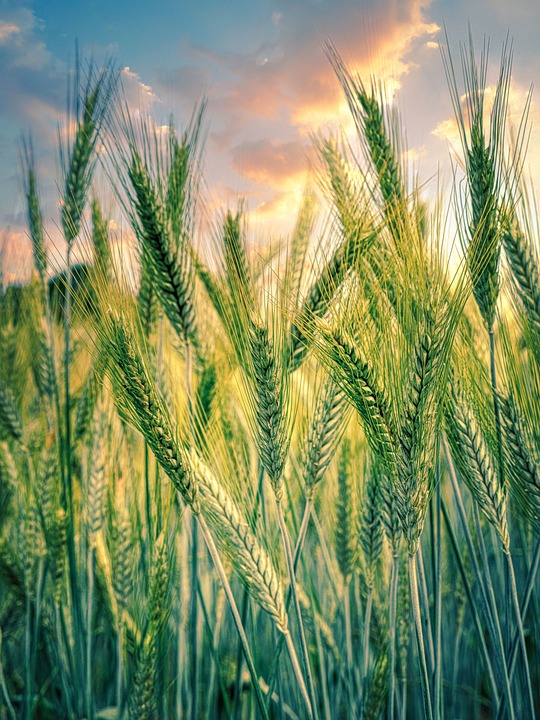Growing Green: The Future of Sustainable Food Production
In recent years, there has been a growing awareness of the importance of sustainable food production. With the increasing global population and the challenges posed by climate change, it has become more critical than ever to find ways to produce food in a way that is both environmentally friendly and economically viable. One solution that is gaining traction is the concept of growing green.
What is Growing Green?
Growing green is a method of food production that focuses on sustainability and environmental responsibility. It involves using practices that minimize the impact on the environment, such as reducing water and energy usage, minimizing waste, and promoting biodiversity. By growing green, farmers can produce food in a way that is not only better for the planet but also healthier for consumers.
The Benefits of Growing Green
There are many benefits to growing green. One of the most significant advantages is that it helps to protect the environment. By using sustainable practices, farmers can reduce their carbon footprint, conserve water resources, and preserve biodiversity. This not only benefits the planet but also helps to ensure that future generations will have access to healthy and nutritious food.
Another benefit of growing green is that it can improve the health and well-being of consumers. By using organic farming methods and avoiding the use of harmful chemicals, farmers can produce food that is free from pesticides and other contaminants. This can help to reduce the risk of health problems such as cancer, obesity, and heart disease.
Additionally, growing green can also be good for the economy. By promoting sustainable practices, farmers can reduce their operating costs, increase their efficiency, and improve their profitability. This can help to create jobs, stimulate economic growth, and support local communities.
How to Grow Green
There are many ways that farmers can grow green. One of the most important practices is to use organic farming methods. This involves avoiding the use of synthetic pesticides and fertilizers, and instead relying on natural alternatives such as compost and crop rotation. Organic farming helps to protect the soil, water, and air, and promotes healthy ecosystems.
Another key practice is to conserve water. Water is a precious resource, and it is essential for growing food. By using water-efficient irrigation systems, capturing rainwater, and reducing water waste, farmers can help to ensure that water is used wisely and sustainably.
Reducing waste is also important for growing green. By composting organic matter, recycling nutrients, and minimizing packaging waste, farmers can help to reduce their environmental impact and create a more sustainable food system.
The Future of Sustainable Food Production
The future of sustainable food production looks bright. As more farmers embrace green practices, we can expect to see an increase in the availability of healthy and nutritious food that is produced in an environmentally responsible way. This will not only benefit consumers but also help to protect the planet for future generations.
By growing green, we can create a food system that is sustainable, resilient, and equitable. This will help to ensure that everyone has access to healthy and affordable food, while also protecting the environment and promoting biodiversity. It is an exciting time to be involved in sustainable food production, and the possibilities are endless.
Conclusion
Growing green is the future of sustainable food production. By using practices that minimize the impact on the environment, promote biodiversity, and improve the health and well-being of consumers, farmers can create a more sustainable and resilient food system. As we look to the future, it is essential that we continue to support and promote green practices in agriculture, and work towards a more sustainable and equitable food system for all.
Together, we can grow green and create a brighter future for food production and the planet.











